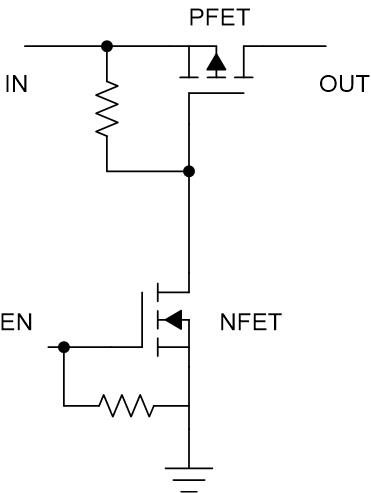Other Parts Discussed in Thread: TPS22810, TPS61178
I have had a board produced and assembled with the TPS55340 circuit designed as was discussed in the related post.
My question is regarding the Enable of the device.
Reference Figures 23 and 30 of the TPS55340 Datasheet (SLVSBD4C –MAY 2012–REVISED JANUARY 2015):
When the Enable is grounded so that the device is disabled, should the Voltage output be turned of as is shown in the figures?
My measurements of the built circuit:
Vin (Voltage Input) is 12.00VDC
Enable pin is 0.183VDC which is planned because the device is supposed to be off initially.
Vout (Voltage Out) is 11.86VDC with no load even though the Enable pin is Low.
When the Enable pin is high (approx. Vin) and Vout = 14.47VDC which is accurate for the selected Resistors.
When the Enable pin is returned low, Vout = 11.86VDC.
What other information can I provide to help determine if this circuit is working properly?
I really needed Vout to be turned off when the chip is disabled. If this is not the way the circuit functions, the I'm very confused by Figures 23 and 30.
Thanks,
Steve



